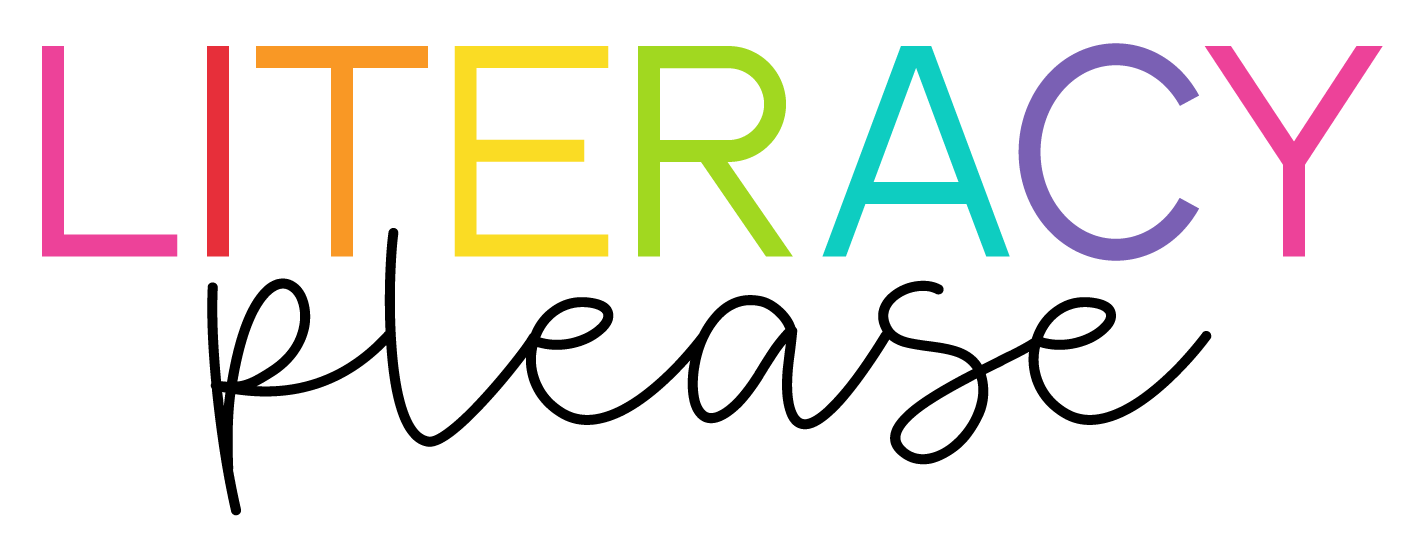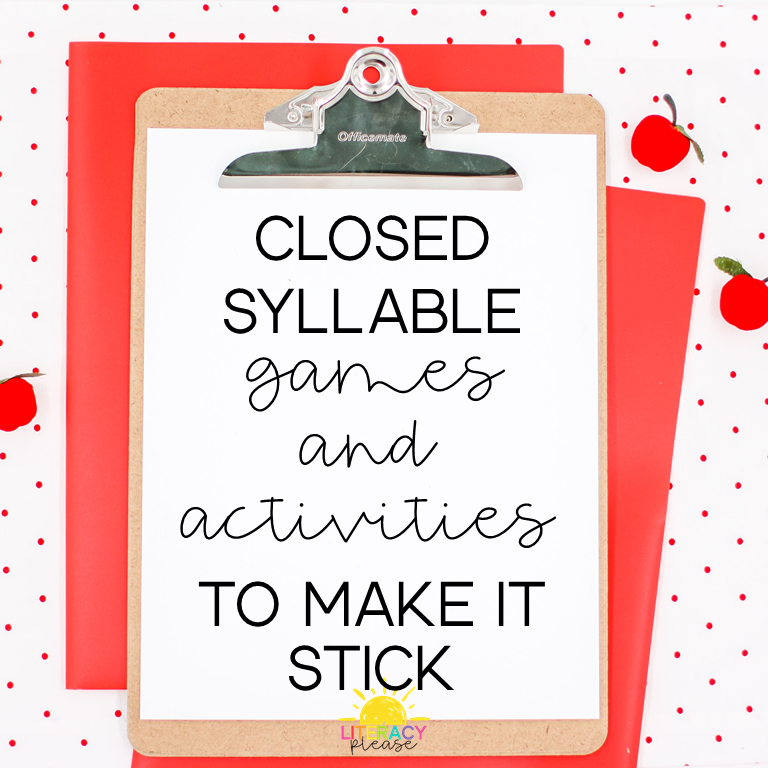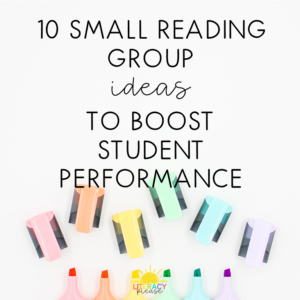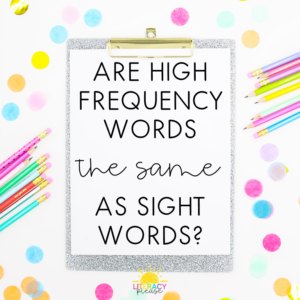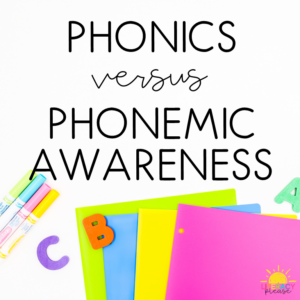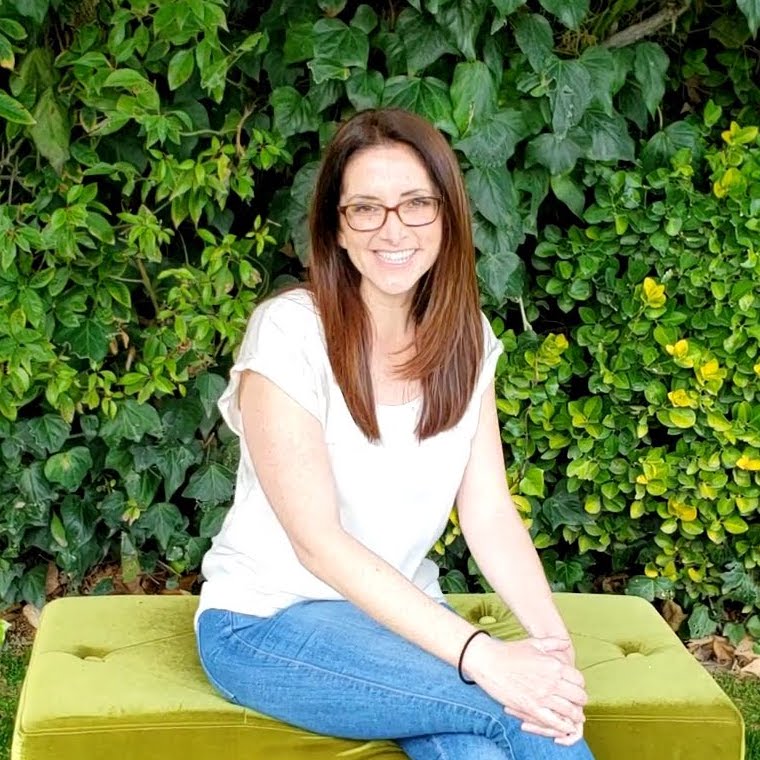Much of decoding is chunking words into parts and putting the parts together to make a word. Often we tell our young readers to “sound it out.” This helps for awhile until words start getting longer and less easy to decode sound by sound. Instead, kids need to begin reading words syllable by syllable, which is why reading CVC words–real and nonsense-with automaticity is important. These closed syllables, put together with other syllables, is how students begin chunking words rather than decoding sound by sound.
What are Closed Syllables?
Close syllables include a short vowel followed by a consonant, consonant blend, or digraph. For example, big, it, and vis. The syllable can be:
- a real or nonsense word, like big or vis, with a short vowel enclosed by two consonants on either side.
- a short vowel followed by a consonant like it.
- two consonants following a short vowel like in pump-kin
- digraph following a short vowel like in wish-es
This article shows you how to use your students’ writing to glean insight into their understanding of phonics.
Real and Nonsense Words
We can all agree that students need to be able to read real words, but why do they need to read nonsense words?
- Nonsense words make up syllables from multisyllabic words (e.g. im-por-tant)
- Reading nonsense words implies students can decode sounds in a word whether the word is real or not.
Putting together syllables make up real words like the syllables in bas-ket, rab-bit, and muf-fin. Taken apart, those syllables could be considered nonsense words.
Keeping a closed syllables word list available is always handy. Find your list here.
Words with Closed Syllables
Words with closed syllables have short vowel sounds. The vowel is made short by the consonant that “closes” it in. An open syllable would make a long vowel sound and is not followed by a consonant within that syllable (e.g. ba–by, dri-ving).
| 1 Syllable Words | 2 Syllable Words |
| cat hid pod mug leg tag wed pin dish list | bas-ket rab-bit nap-kin pic-nic sun-set den-tist pump-kin up-set in-sect |
Closed Syllable Games & Activities
Students always enjoy a game even when it includes learning something. Closed syllable games help students gain a better understanding of closed syllables and reading these words with automaticity. Here are some games that include real and nonsense CVC words.
Roll and Read
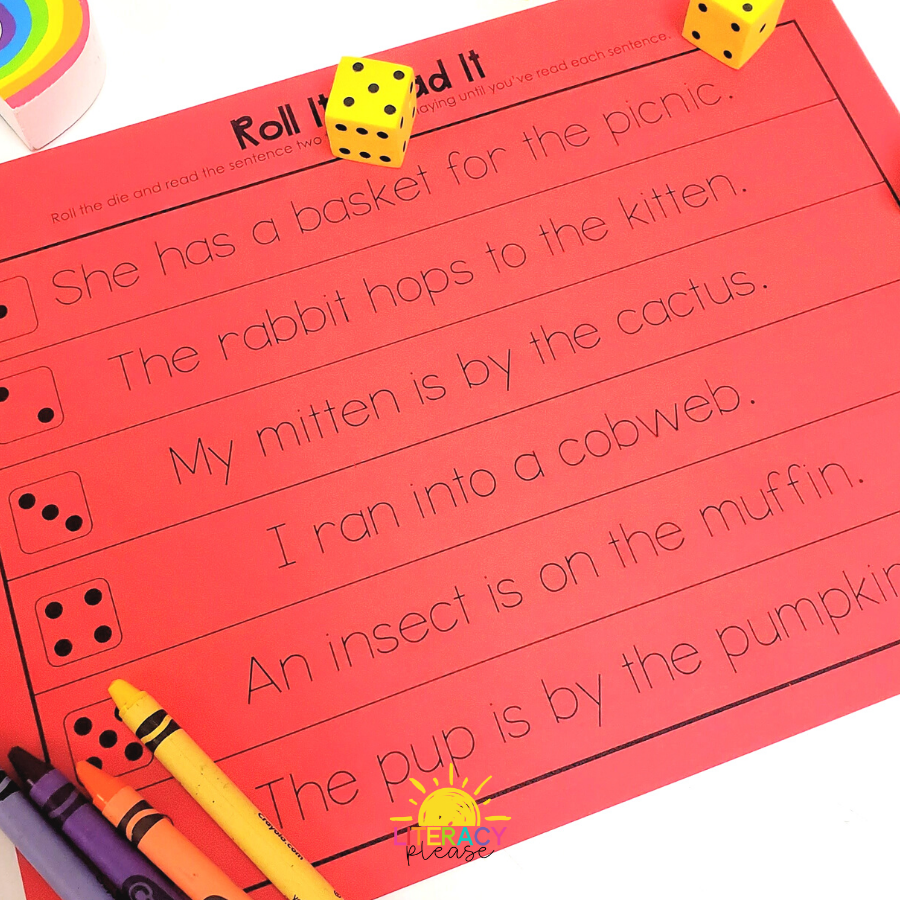
Practicing words in context is the best way to practice. Add dice and then it’s a phonics game!
Connect Four Syllables

Students read real and nonsense words to connect four in a row.
Spin and Read
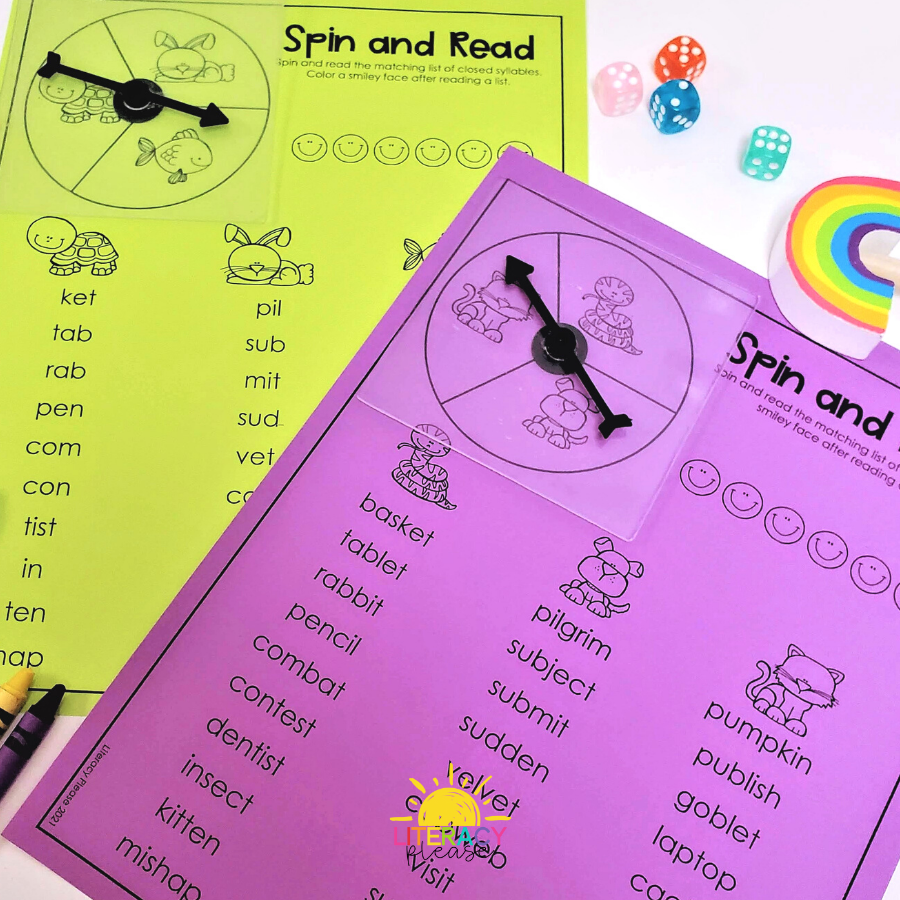
This activity gives students the opportunity to read a closed syllables word list. The second option includes two closed syllables that make two closed syllable words.
Board Games
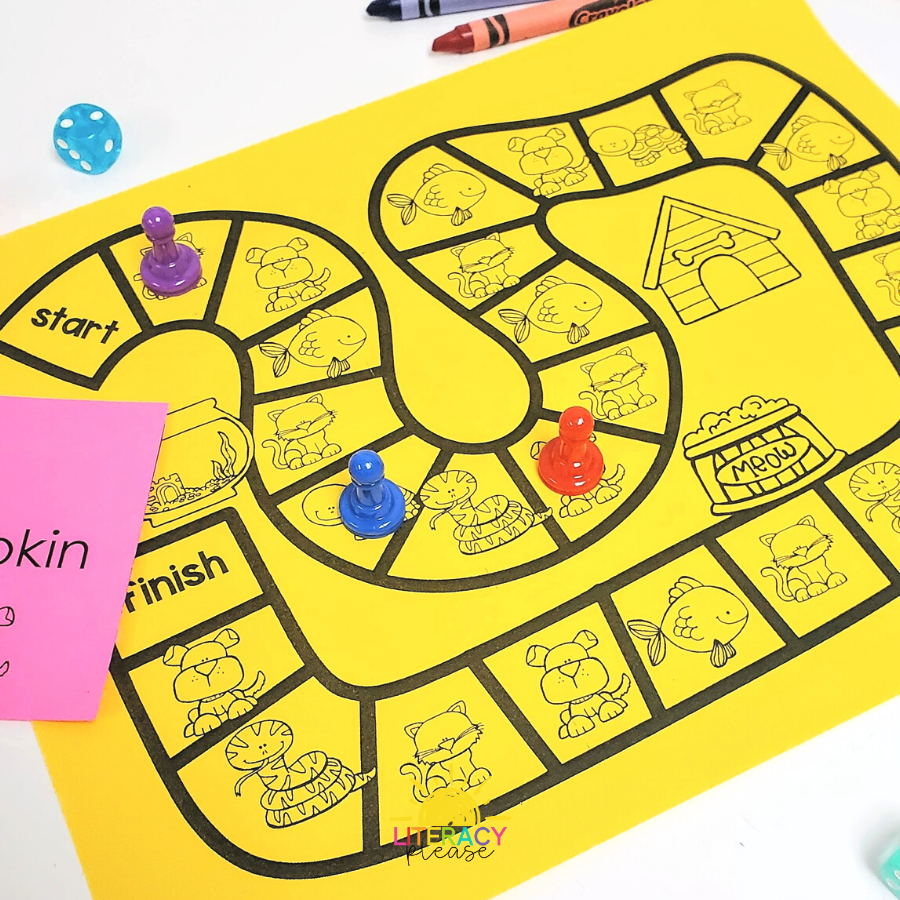
Words with closed syllables as a board game is engaging and motivating.
Students that are able to build automaticity with CVC word reading, are likely to identify chunks in multisyllabic words. In turn, they’ll become better at decoding words, building fluency, and spelling. Games and activities help to make closed syllable word reading stick. If you’re looking to get your hands on these activities, you can find them here.
